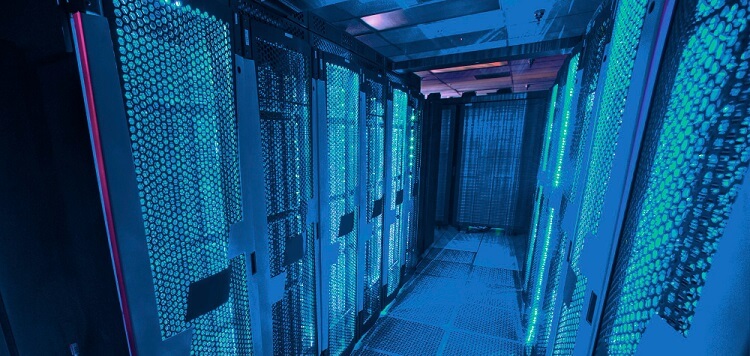As the use of data centers continues to grow exponentially, energy consumption and heat generation issues are also on the rise. Cooling technology plays a significant role in maintaining a data center’s reliability and preventing equipment from overheating. Intel, the world leader in processor manufacturing, understands the importance of cooling technology in data center maintenance and has been exploring innovative solutions to cool the next-generation processors. In this article, we’ll delve into the need for better cooling efficiency, explore Intel’s potential cooling solutions, and discover how improved cooling technology could also enhance a data center’s overall performance.
The Importance of Improving Cooling Efficiency in Data Centers
Data centers are responsible for storing and processing vast amounts of data. The hardware used in data centers, including processors, servers, and other equipment, generates heat when it operates. Cooling is essential to remove the heat generated by this equipment to prevent damage and ensure long-term reliability. The cooling efficiency of a data center impacts not only the reliability of the equipment, but it can also lead to significant cost savings. Improved cooling efficiency can lead to less wasted energy and, subsequently, lower electricity bills for data center operators.
Cooling’s Significant Role in the Power Consumption of a Data Center
Power consumption is one of the most significant expenses related to data center operations. Powerful processors consume a huge amount of electricity and generate a vast amount of heat, making cooling a significant part of a data center’s power consumption. Research has shown that up to 40% of a data center’s power consumption is dedicated to cooling. This is where improved cooling efficiency can significantly reduce power consumption and subsequently reduce power bills.
Potential of Better Cooling to Enable Faster Chip Performance
Improved cooling efficiency can lead to not only energy savings but also performance enhancements. Powerful chips generate heat and cause the chip’s temperature to rise, leading to slower performance or even damage. With better cooling technology, chip temperatures can be lowered, enabling them to run faster and deliver better overall performance. Furthermore, improved cooling technology could also allow for higher-density chip installations, resulting in more processing power for data centers.
Intel’s commitment to working with innovative cooling technology companies
Intel is not taking the issue of heat generation lightly and has committed to working closely with innovative cooling technology companies to find novel cooling solutions. Intel is not alone in this quest as industry insiders and data center operators alike agree that better cooling technology can play a vital role in data center sustainability.
New Cooling Solution Based on Technology, Like 3D Vapor Chambers Embedded in Heat Sinks
One of the novel solutions Intel is exploring is based on 3D vapor chambers embedded in coral-shaped heat sinks. This solution could significantly enhance cooling efficiency by providing a more even heat distribution mechanism. Customizing the heat sink’s shape to match the processor’s structure could even further improve performance.
Partnering technology that features tiny jets adjusted by AI to remove heat
Another innovative cooling technology is a partnered technology that features tiny jets adjusted by artificial intelligence, shooting cool water over hot spots in the chip to remove heat. By using millions of tiny air jets, the cooling water is delivered with greater precision to specific hotspots, improving cooling efficiency and performance.
Other potential cooling technologies Intel is exploring
Intel is also exploring other cooling technologies, including 3D vapor chambers, advanced materials, and boiling enhancement coatings. The 3D vapor chambers improve cooling efficiency by spreading heat more evenly. Advanced materials, such as graphene, could be used in cooling solutions due to their superior conductivity. Boiling enhancement coatings could be applied to the processor to improve cooling efficiency further.
Potential benefits of new cooling technology
Improved cooling technology could significantly impact data center operations. Lowering processor temperatures could lead to the equipment running faster, resulting in potential performance enhancements. According to Intel, one of the most significant benefits is the possibility to enable processors to run at lower temperatures, resulting in a 5% to 7% increase in performance for the same power consumption.
In conclusion, data centers continue to consume an increasing amount of energy, which leads to higher running costs and environmental implications. Improved cooling efficiency can significantly impact the bottom line of data center operators while also enhancing overall performance. Intel understands the significance of cooling technology in data center operations and is leading the charge to find innovative solutions to support this challenge. The new cooling solutions and technologies discussed above bring data centers a step closer to more sustainable and efficient operations.

